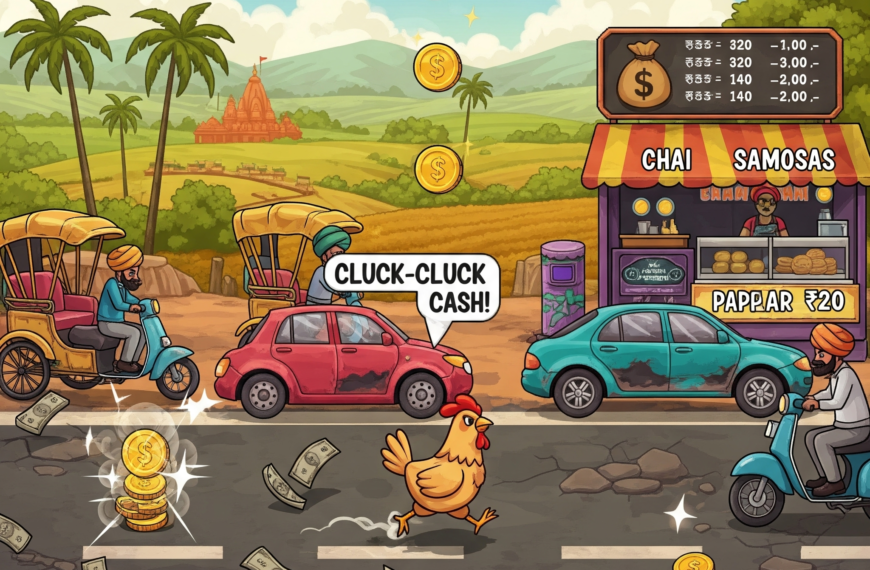Introduction
In 2025, smishing (SMS phishing) attacks have surged dramatically, with scammers exploiting public trust in transportation and toll agencies. One of the most common scams involves fraudulent toll payment notifications designed to steal sensitive information. This blog post aims to provide a detailed overview of these scams, recent cases, real data, and actionable steps to protect yourself.
What Are Toll Payment Text Scams?
Toll payment text scams involve scammers impersonating legitimate toll agencies to send fake text messages. These messages often claim that recipients owe unpaid toll fees and urge them to click on malicious links to settle the amount. Once clicked, these links lead to phishing websites that steal personal and financial data.
Example of a Scam Message:
“You have unpaid tolls. Pay immediately to avoid penalties: [Fake Link]”
Real-Life Incidents and Government Alerts
Several federal and state agencies have issued warnings about this growing scam trend:
| Date | Organization | Alert Summary |
|---|---|---|
| January 2025 | FBI (Federal Bureau of Investigation) | Warned about nationwide smishing scams impersonating toll agencies. (Source) |
| February 2025 | Virginia Department of Motor Vehicles (DMV) | Issued alert about fraudulent toll charge texts. Clarified they do not send text messages regarding toll payments. (Source) |
| March 2025 | Keepnet Labs | Reported increase in smishing, including toll scams. Named it among top phishing tactics. (Source) |
Alarming Statistics on Smishing Attacks in 2025
| Statistic | Value | Source |
|---|---|---|
| Global increase in smishing attacks since 2023 | +328% | Keepnet Labs |
| Percentage of phishing attempts done via SMS | 22% of all phishing | Coalition Inc |
| Financial losses due to smishing in the US (2024) | $1.2 Billion | Coalition Inc |
How Toll Scammers Operate
- Sending Fake Alerts: Scammers send bulk SMS pretending to be toll agencies.
- Link to Fake Sites: Messages contain URLs resembling real agency websites.
- Data Collection: Clicking the link prompts users to enter personal information, including credit card details.
- Monetization: Stolen data is used for identity theft, financial fraud, and sold on the dark web.
How to Identify and Avoid Toll Payment Scams
| Red Flag | Explanation |
|---|---|
| Message urges immediate payment | Real toll agencies send official notices, not urgent texts. |
| Contains shortened or suspicious URL | Authentic agencies use official, traceable URLs. |
| Poor grammar or spelling mistakes | Professional agencies do not make obvious errors. |
| Requests personal/financial information via text | No legitimate toll agency will ask for sensitive information over SMS. |
What to Do If You Receive a Suspicious Toll Text
- Do not click on any links.
- Do not share personal or financial information.
- Verify directly by visiting the official toll agency website or calling their official number.
- Report the scam to:
- FTC (Federal Trade Commission) at ReportFraud.ftc.gov
- Your state DMV or toll agency.
List of Official Toll Agencies (U.S. Examples)
| Agency | Official Website |
|---|---|
| E-ZPass | www.e-zpassny.com |
| FasTrak (California) | www.bayareafastrak.org |
| TxTag (Texas) | www.txtag.org |
| SunPass (Florida) | www.sunpass.com |
Conclusion
With smishing scams becoming more advanced and frequent, awareness and caution are essential. Always verify any toll-related communications via official channels and report fraudulent attempts. Stay vigilant to protect your personal and financial security.
Sources
- The Telegraph – FBI Warns of Toll Scam Texts
- Virginia DMV Official Alert
- Keepnet Labs – Most Spoofed Brands in SMS Phishing 2025
- Coalition Inc – AI-Enabled Phishing Attacks 2025
Note: Always rely on official government and agency sites for the latest updates on scams and cybersecurity threats.













